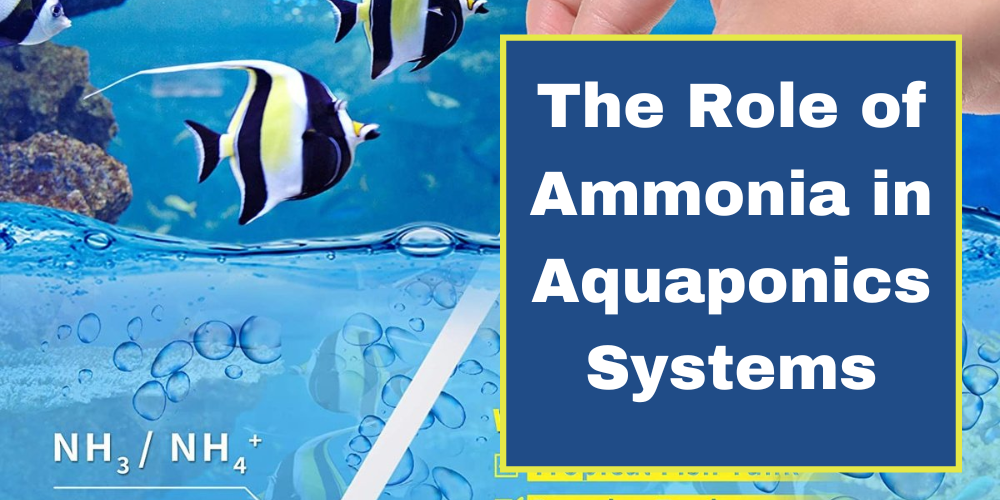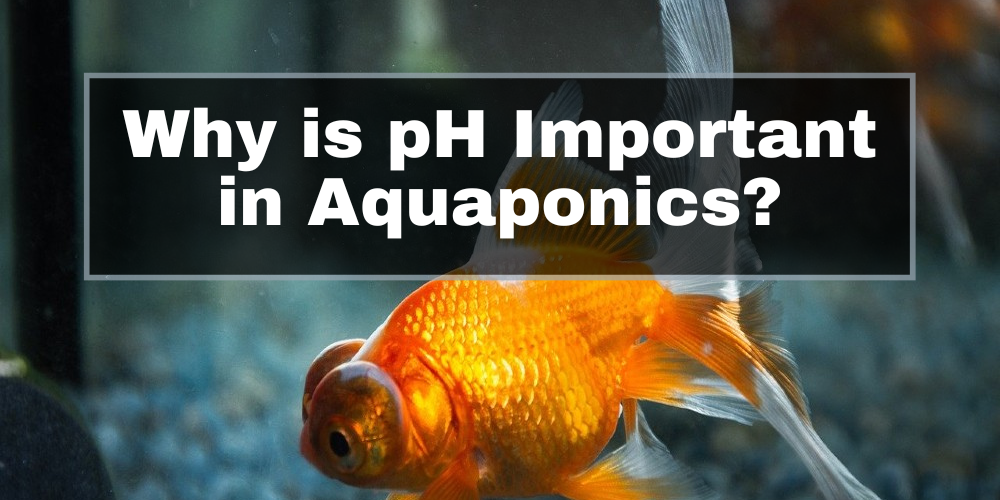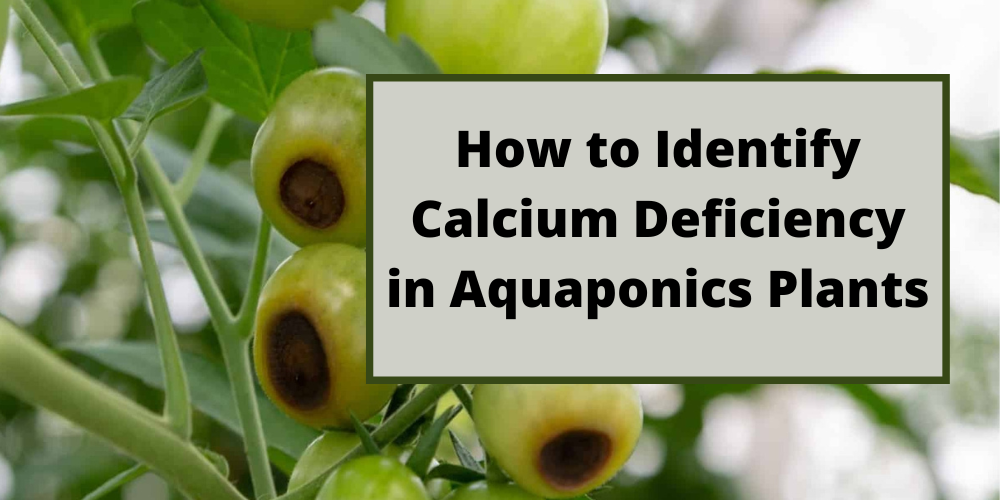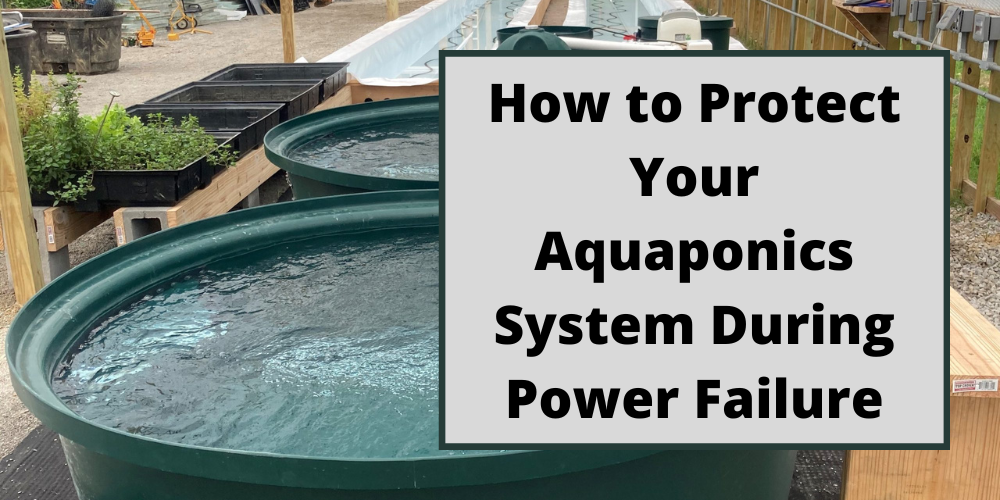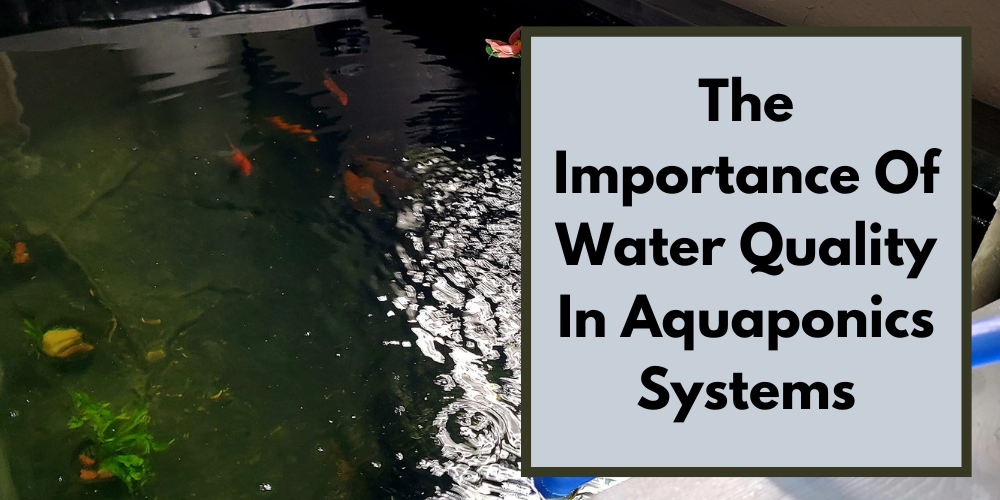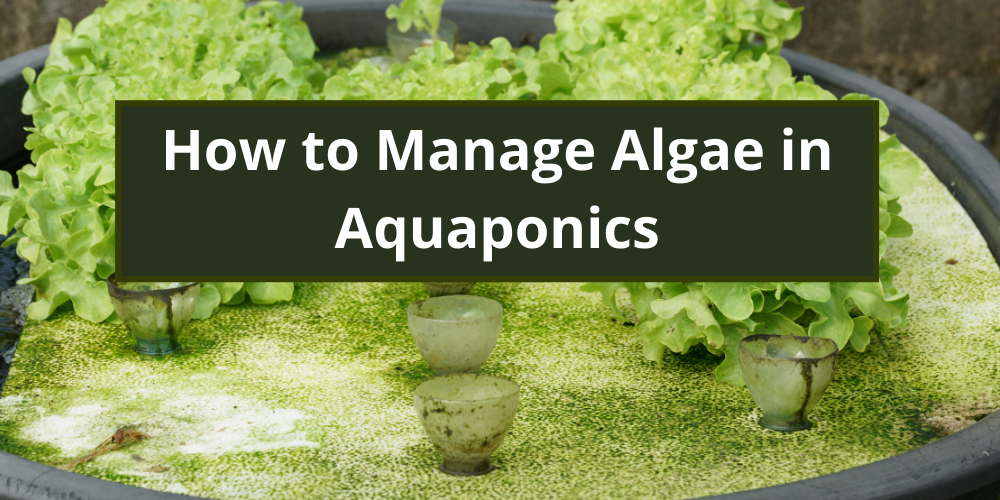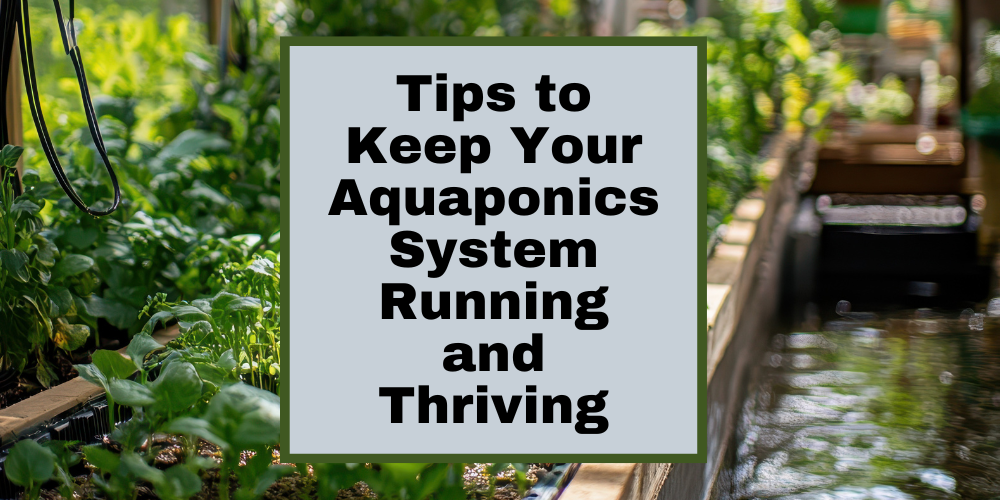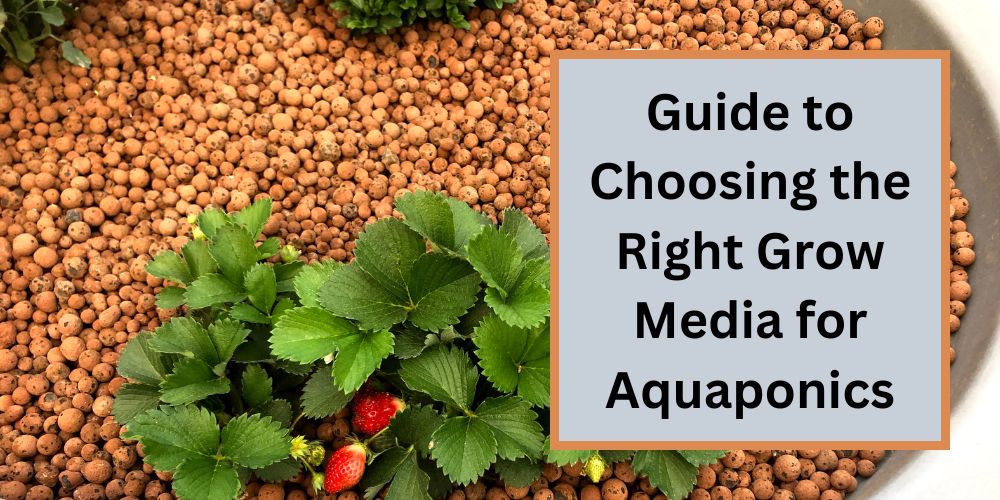Go Green Aquaponics Blog
Learn about the role of ammonia in aquaponics systems, how to manage ammonia levels effectively, and discover the best ammonia test kits for maintaining a healthy and productive environment for your fish and plants.
- December 22, 2025
pH is the heartbeat of every aquaponics system. Learn how to balance it for healthy fish, strong plants, and a thriving ecosystem—without confusion.
- December 22, 2025
Struggling with curled leaves or blossom-end rot in your aquaponics plants? Learn how to identify, treat, and prevent calcium deficiency using fish-safe solutions, plus get expert tips for long-term nutrient balance.
- December 22, 2025
Power failures can disrupt your aquaponics system, risking fish, plants, and bacteria. This guide covers how to prepare, emergency actions to take, and steps to restore your system safely. Stay ahead of outages and keep your aquaponics thriving!
- December 22, 2025
Discover the importance of water quality in aquaponics systems. Learn how to monitor key parameters, manage water conditions, and ensure a thriving ecosystem for healthy fish and productive plants.
- December 22, 2025
Learn effective strategies for algae management in aquaponics, including prevention tips, natural control methods, and long-term system maintenance to keep your aquaponics system balanced and thriving.
- December 22, 2025
Discover essential tips for maintaining a healthy aquaponics system with our comprehensive guide. Learn how to monitor and manage your system effectively, balance fish and plant populations, control water temperature, ensure proper oxygenation, and troubleshoot common issues. Keep your aquaponics setup thriving with practical advice and expert insights.
- December 22, 2025
Learn how to grow mint in an aquaponics system with our comprehensive guide. Discover the benefits, from sustainable gardening to fresh culinary delights. Get tips on planting, maintenance, harvesting, and using homegrown mint for a flavorful and aromatic experience.
- December 22, 2025
Explore aquaponics with our guide to choosing the right grow media. From understanding key characteristics to popular grow media options, discover how informed choices can nurture a thriving aquaponic system.
- December 22, 2025



